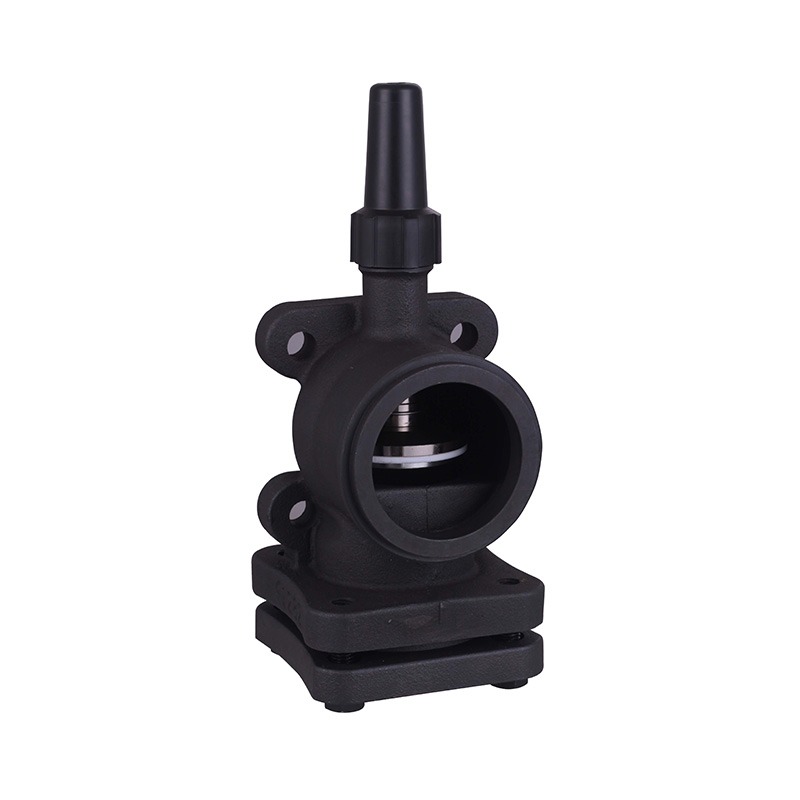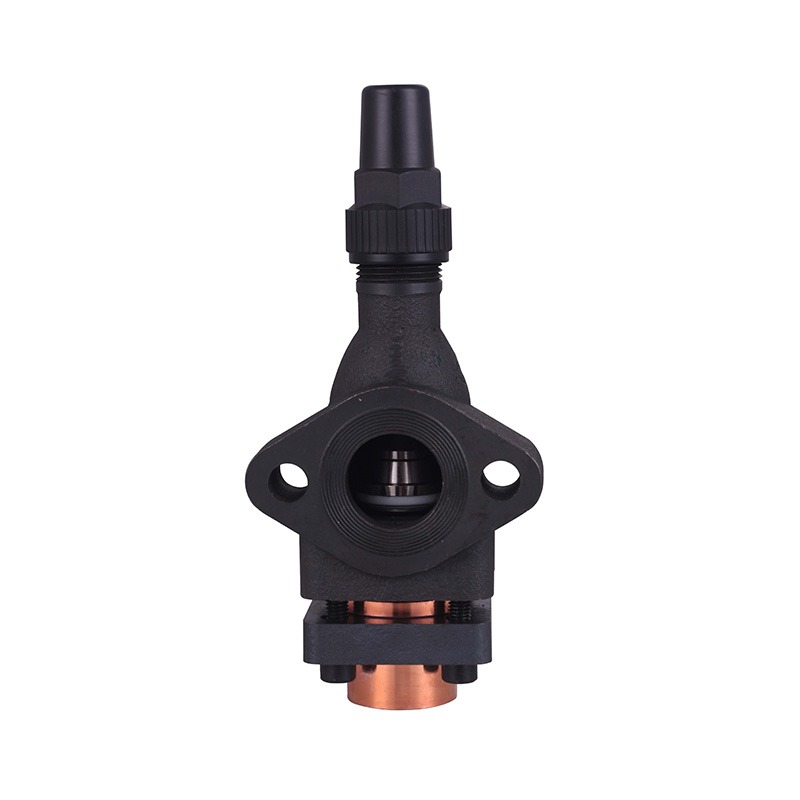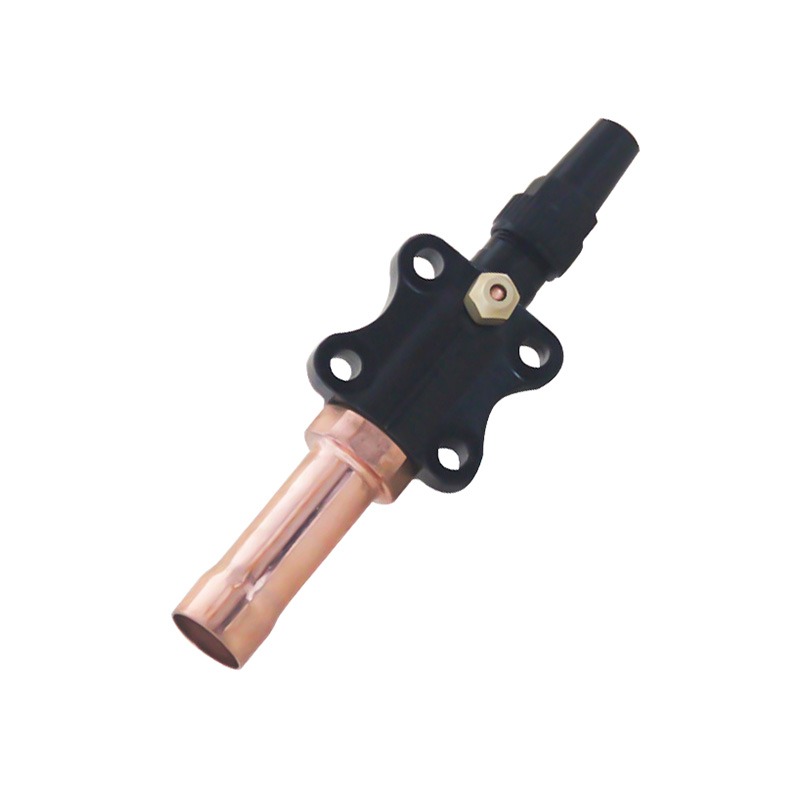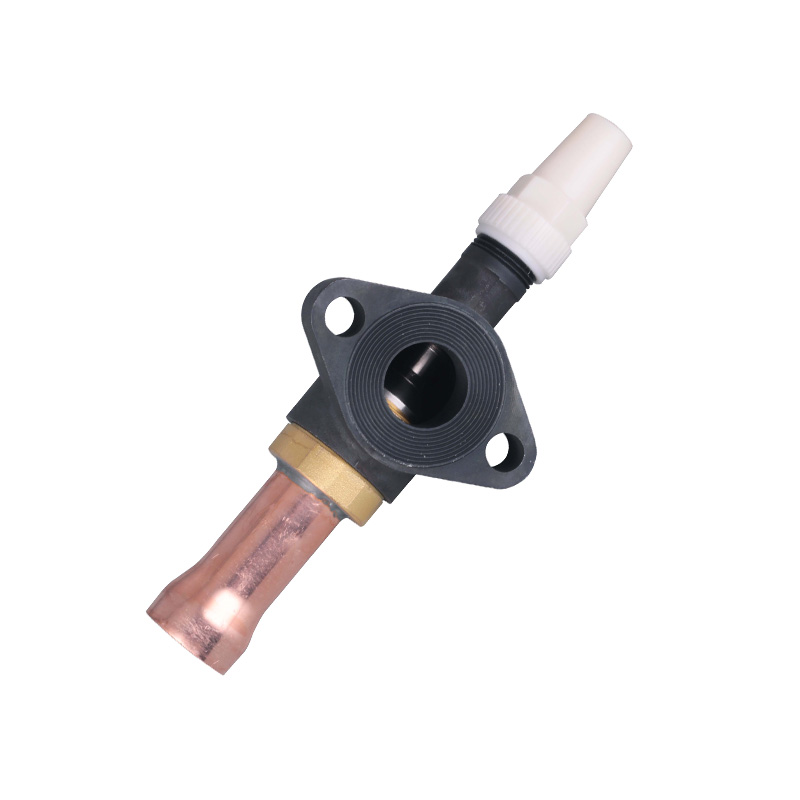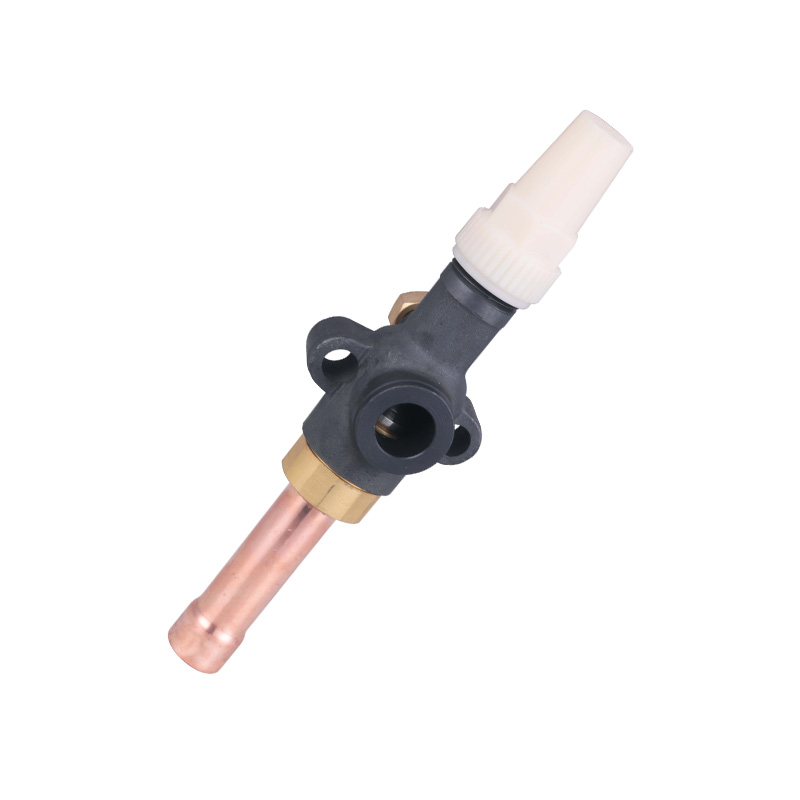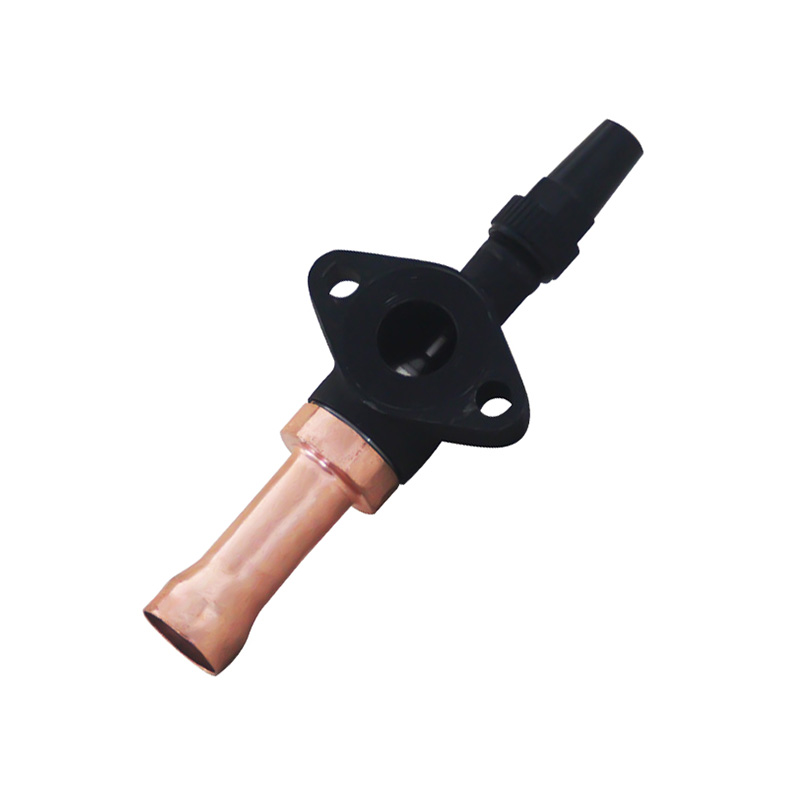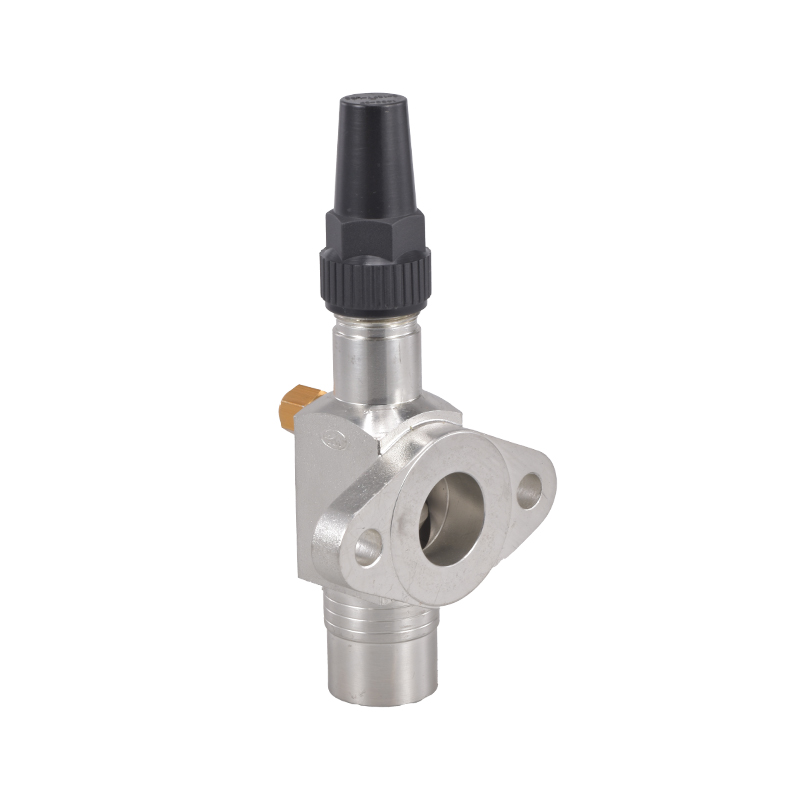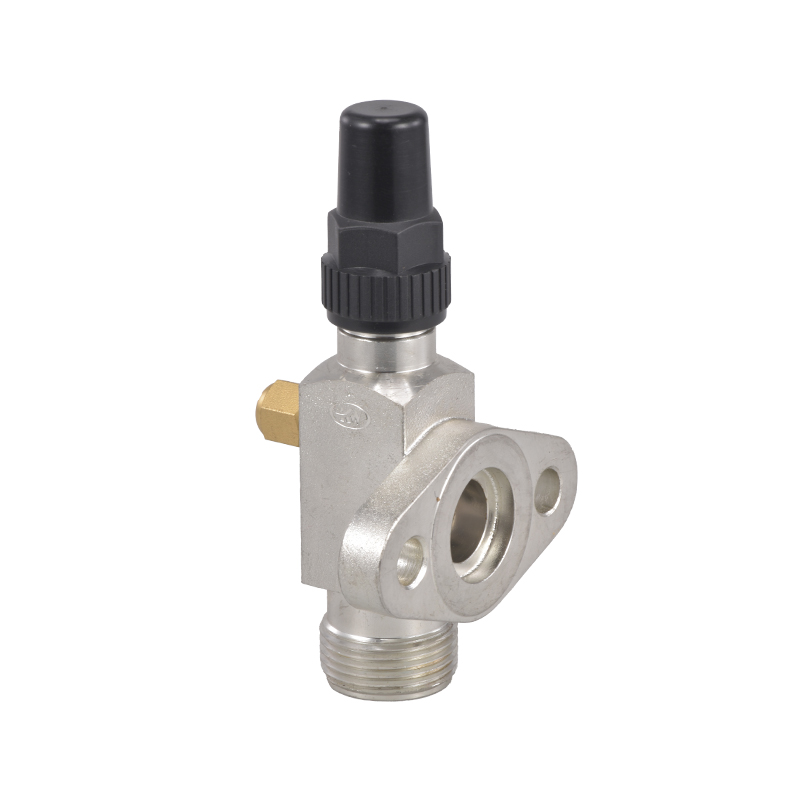How Bi Flow Suction Line Filter Driers Handle Reversible Systems?
 By Admin
By Admin
Modern HVAC systems increasingly adopt reversible technology to provide both cooling and heating from the same unit. While this innovation improves energy efficiency, it creates unique challenges for filtration and moisture control. Traditional suction line filter drier designs struggle in these applications because they only work effectively in one flow direction.
Understanding Bi Flow Technology
Unlike conventional suction line filter drier units that function in a single direction, bi flow suction line filter drier products feature a symmetrical design that allows proper filtration and moisture removal in both heating and cooling modes. This capability makes them ideal for:
- Heat pump systems
- Reversible refrigeration units
- Multi-mode commercial HVAC equipment
The key innovation lies in the internal structure. A standard recovery filter drier uses directional flow to optimize filtration, while bi-flow models incorporate:
1. Dual-direction filtration media
2. Balanced desiccant distribution
3. Symmetrical internal baffling
4. Bi-directional check valve alternatives
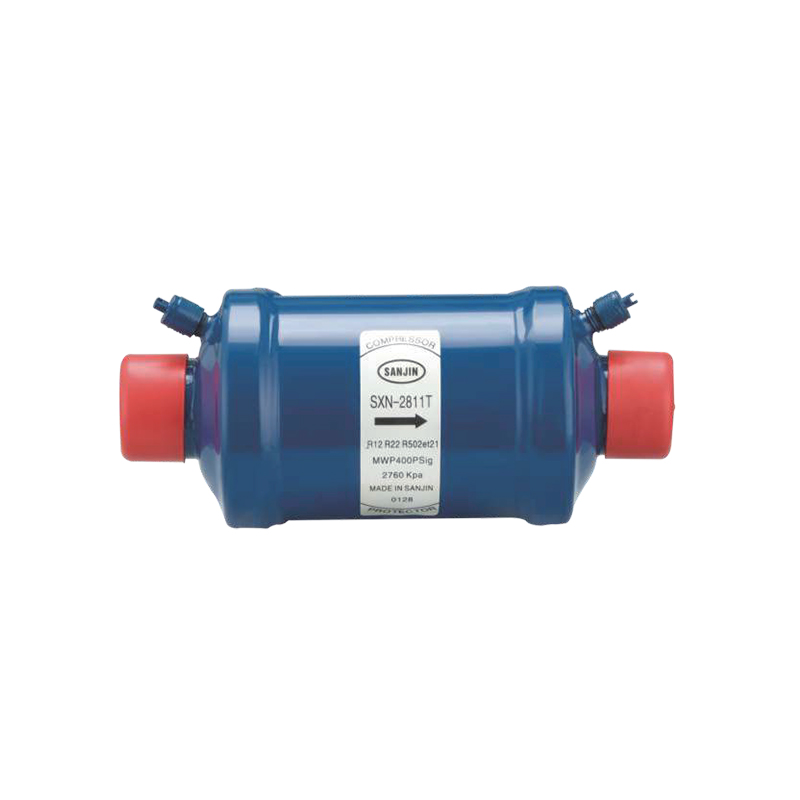
Critical Advantages for Reversible Systems
When compared to traditional suction line filter drier options, bi flow suction line filter drier technology offers three significant benefits:
1. Consistent Contaminant Control
- Maintains filtration efficiency during mode changes
- Captures particulates in both flow directions
- Prevents contaminant migration during reversal cycles
2. Reliable Moisture Removal
- Specialized desiccants work equally in both directions
- Prevents moisture-related acid formation
- Eliminates the need for dual recovery filter drier installations
3. Simplified System Design
- Reduces component count compared to dual-filter setups
- Lowers installation and maintenance costs
- Minimizes pressure drop concerns
Installation Practices
Proper installation of bi flow suction line filter drier units requires attention to several key factors:
1. Location Considerations
- Install as close to the compressor as possible
- Ensure accessibility for future service
- Avoid areas with excessive vibration
2. Orientation Requirements
- Most models work in any orientation
- Vertical installation often optimizes performance
- Follow manufacturer-specific guidelines
3. System Preparation
- Always replace after major component failures
- Use nitrogen purge during brazing
- Proper evacuation before charging
Maintenance and Service Insights
While bi flow suction line filter drier units require less frequent replacement than traditional suction line filter drier models in reversible systems, technicians should:
- Monitor pressure drop across the unit
- Check for acid indicators during service
- Replace after compressor burnouts
- Consider using a recovery filter drier during major repairs
Industry Trends and Future Developments
The growing adoption of reversible systems continues to drive innovation in bi flow suction line filter drier technology:
- Smart filter monitoring - New models with pressure and moisture sensors
- Eco-friendly materials - Sustainable desiccants and construction
- Compact designs - For space-constrained installations
- Higher capacity models - For commercial-scale heat pumps
Choosing the Right Solution
When selecting between traditional suction line filter drier and bi flow suction line filter drier options, consider:
1. System type and operating modes
2. Refrigerant being used
3. Expected contaminant load
4. Service accessibility requirements
For most reversible systems, the bi flow suction line filter drier represents the good choice, providing reliable protection while simplifying system design and maintenance.
As reversible HVAC systems become the industry standard, bi flow suction line filter drier technology has emerged as the ideal solution for maintaining system cleanliness and reliability. By offering effective bi-directional operation, these advanced filters overcome the limitations of conventional suction line filter drier and recovery filter drier units.




 English
English русский
русский Deutsch
Deutsch
